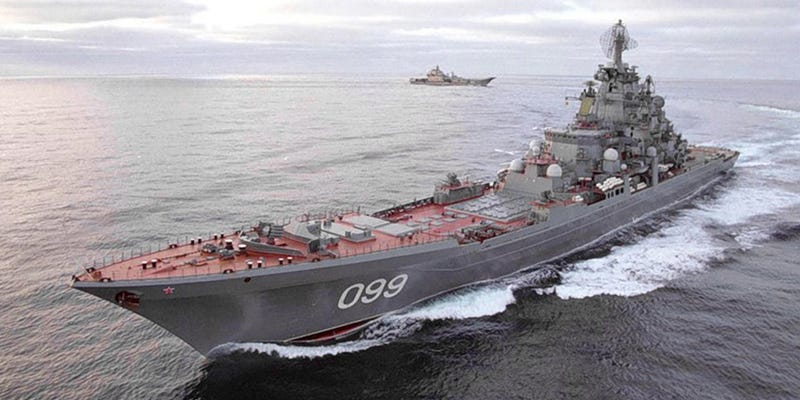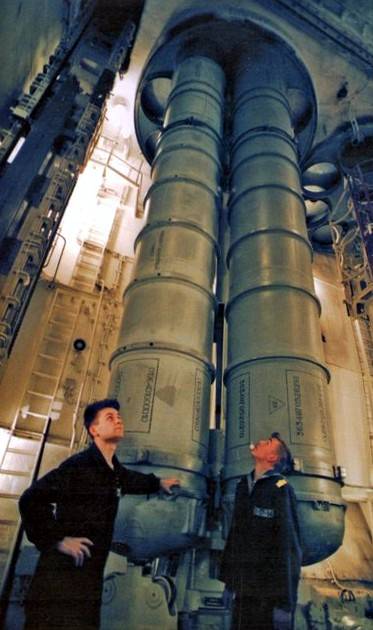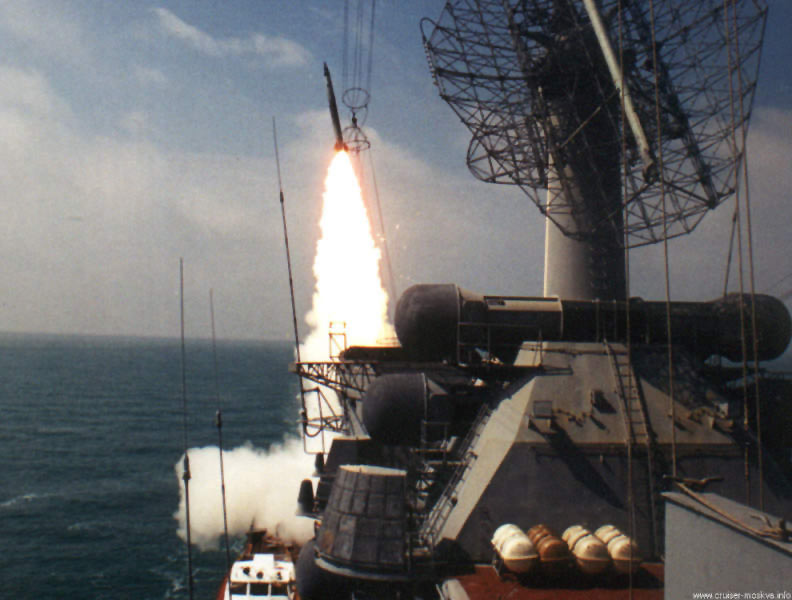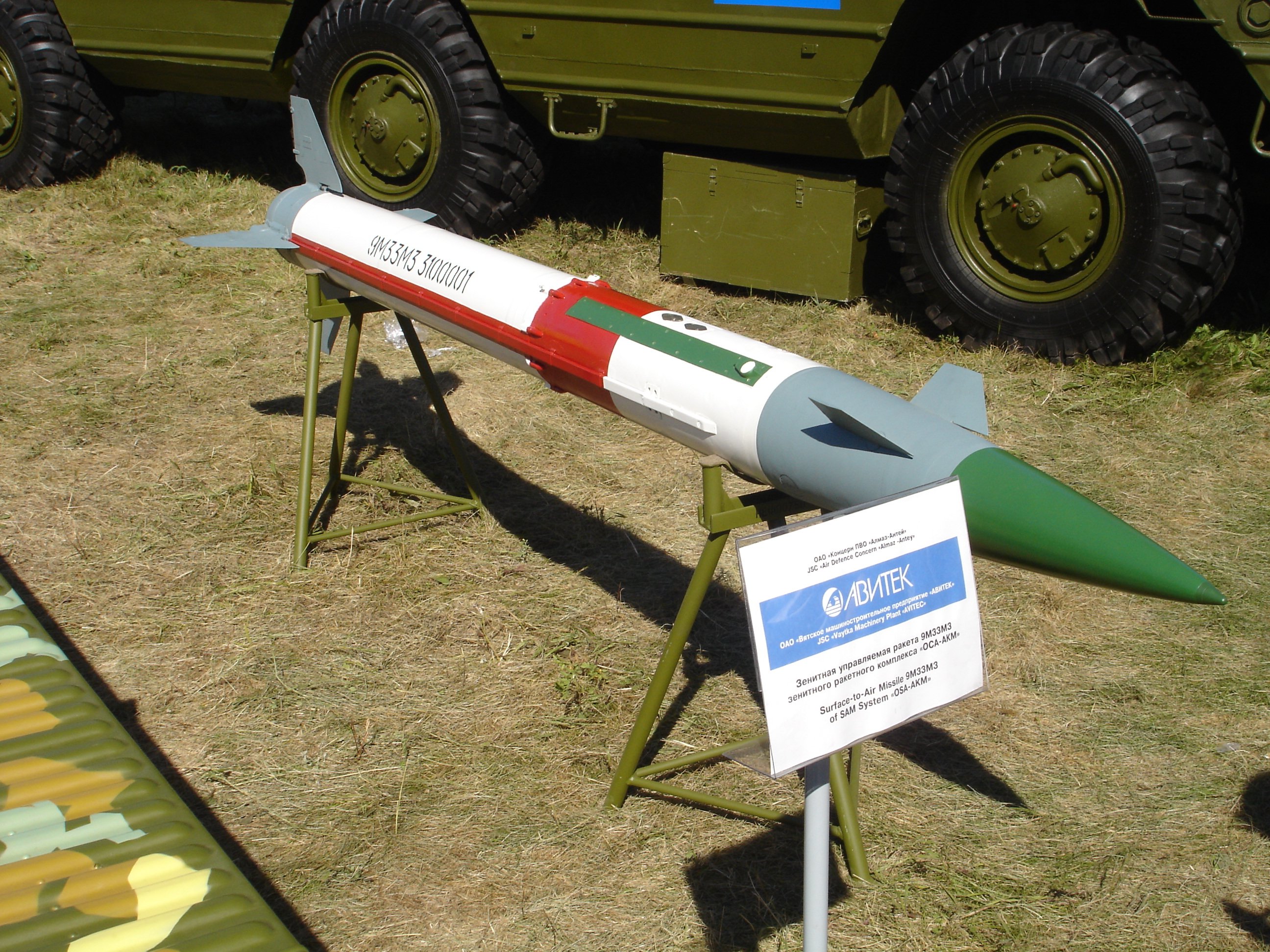The SC
ELITE MEMBER

- Joined
- Feb 13, 2012
- Messages
- 32,233
- Reaction score
- 21
- Country
- Location

The USA dominates the seas when it comes to its massive nuclear powered aircraft carriers and lumbering amphibious assault ships, but Russia takes the prize for the largest and most heavily armed surface combatant, the mighty Kirov Class Battle Cruiser.
Designated by the west as "Battle Cruisers" as their size and armament puts them somewhere between a Battleship and a heavy cruiser, these bristling relics of the Cold War are so menacing that they were one of the main reasons why America's Iowa Class Battleships were brought back into service by the Reagan Administration. Russia currently has just one out of the four of these 827 foot long monsters that were built in active duty service, that being the Peter The Great, which is also the flagship of Russia's Northern Fleet. The third ship in the Kirov Class line, the Admiral Nakhimov, is being modernized and will be online by the end of the decade, and the second in the class, Admiral Lazarev, will be refitted and redeployed by the early 2020s. Admiral Ushakov (formally the Kirov) may also be modernized and put back on patrol although no hard timeline for doing so has been put forth and the cost in doing so may be prohibitive.
The Kirov originally become operational in 1980, with her sister ships following about every four years aside from the last in her lineage, Peter The Great, which was commissioned in 1998 due to the financial turmoil following the fall of the Soviet union.
These ships are true leviathans of the sea and displace 28,000 tons when loaded, which is three times that of America's Ticonderoga Class of cruisers but less than half of the retired Iowa Class. The Kirovs rely on pair of nuclear reactors and a pair of oil fired steam turbines that put out a combined 140,000 shp. This combo allows these ships to sprint at over 30kts for about 1,100 miles straight. When running on nuclear power alone, without the turbine boost, she can sustain around 20kts continuously.
Over 700 sailors operate these massive vessels, which is about double that of America's Ticonderoga Class. This large complement makes good sense when you examine just how much firepower the Kirovs can project. They are bristling with guns, rockets and an expansive vertical launch system with hundreds of missiles at its disposal.
The Kirovs were built to counter large American carrier groups while also defending their own flotilla. The ship's primary offensive punch comes from 20 SS-N-19 "Shipwreck" long range anti-ship missiles. These seven and a half ton robotic kamikazes are launched at an angle in salvos of at least four missiles and work as a team to autonomously attack their target from hundreds of miles away and at high supersonic speeds. After launch, the lead missile ascends to high altitude and works as the command and control platform for the others that skim along at low altitude. If the lead missile is destroyed, another climbs up and take's its place.
The SS-N-19 uses active radar homing or home on jam for terminal guidance and can use third party (maritime patrol aircraft, ship's helicopters, satellites etc) sensor data for initial targeting. The system is thought to receive mid-course updates in a similar manner and rely on its own inertial navigation and data link system to make their way to the target area as a coordinated swarm. Having a dozen of these things baring down on a carrier group was the sum of many admiral's fears during the later decades of the Cold War.
For air defense, the Kirov boasts updated versions of the deadly S-300F and S-300FM "Fort" long range surface to air missile. This missile flies at near hypersonic speed and can reach out about 100 miles from its launch point. The newest version, the S-300FM, are said to rely on both radar and infrared terminal guidance which makes then effective against shorter ranged ballistic missiles. They can even fire far over the horizon and autonomously scan for targets such as low flying cruise missiles. Peter The Great packs 96 of these deadly telephone pole sized SAMs, usually 48 S-300Fs and 48 S-300FMs.
For closer in aerial threats Peter the Great packs a pair OSA-MA point defense missile turrets, each holding 20 rounds. The radar guided missiles can be rapidly fired and can hit multiple targets at about eight miles away, even if they are moving at high speed. In addition to her OSA-MA turrets the most up to date configuration of the Kirov class also has a bow mounted vertical launch system containing no less than 128 rounds of SA-N-9 "Gauntlet" short ranged SAMs. This system is a maritime version of the TOR mobile SAM system that has proliferated throughout the world. These missiles can be rapidly fired and engage targets up to a half dozen miles away.
Her final layer of aerial defense is made-up of six "Kashtan" (chestnut) close-in weapon system (CIWS) tied to two control interfaces. These suckers each pack a pair of radar and electro-optically guided high rate-of-fire 30mm cannons and eight short range 9m311 guided missiles. Additionally, there are 24 more of these ultra maneuverable point defense missiles stored in a rapid reloading rotary magazine below the Kashtan's deck mount. This configuration equates to 192 9m311 missiles available for close-in self defense at any given time, along with thousands of rounds of 30mm.
The Kirovs also pack the mighty AK-130 dual gun just forward of the helicopter pad. This dual barrel 130mm cannon is liquid cooled and can sling shells over ten miles with great accuracy. It can be radar, optically, or even guided via electronic support measures (where it targets an enemy radar emitter) and is also used for the anti-aircraft role. The gun's turret is remotely controlled and holds 180 rounds of both high explosive and anti-aircraft shells.
Beyond its anti-surface and anti-air warfare roles, the Kirov Class also has a serious anti-submarine capability. There is a helicopter deck on the ship's stern capable of operating a Ka-25/27 anti-submarine or electronic intelligence helicopter. She can carry up to five of these coaxial rotor choppers, although three are normally housed in her unique hangar deck which is accessible via a trap door and elevator system just forward of the helicopter pad. These helicopters can be armed with torpedoes and depth charges, or they can be used to relay accurate targeting data on the location of submarines or carrier groups back to other ships in the fleet. The Kirov Class also packs 10 tubes capable of carrying the SS-N-16 "Stallion" rocket assisted torpedo. Basically these missiles can fly out to about fifty miles and drop a torpedo right on top of an enemy submarine. Finally there are three rotary anti-submarine rocket launchers (RBU-1000 and RBU-1200), each packing between four and five dozen short-range anti-submarine rockets.
In order to make all this armament work, as well as acting as a command and control flagship for the entire Russian Northern Fleet, the Kirov Class bristles with search and tracking radar arrays as well as electronic countermeasures an dozens of communications aerials. Although her constellation of radar arrays are nowhere near as advanced as America's phased array SPY-1 radar system found on AEGIS combat system equipped US Navy Cruisers and Destroyers, they are extremely powerful and have seen recent upgrades. Generally, it is assumed that the modern configuration of the Kirov Class can "see" large targets at altitude out to over three hundred miles, while low flying fighter sized targets can be detected at about fifty miles. Additionally, the fact that she packs the S-300FM makes her the only ship in the Russian Navy that is capable of ballistic missile defense.
The massive Kirov class, once thought destined to become another technological victim of the end of the Cold War, is now making a comeback as Russia slowly revitalizes its naval forces. Regardless of her vintage, she is still a formidable force for any Navy to reckon with. As Peter The Great's sister ships come out of refit it will be interesting to see what their configurations will be as it is almost certain that they will feature Russia's latest naval weaponry. Considering the dismal state of relations between the US and Putin's Russia, the ever-shrinking US Navy should probably pay close attention...
http://foxtrotalpha.jalopnik.com/kirov-class-battle-cruiser-the-worlds-largest-surface-1570998551














